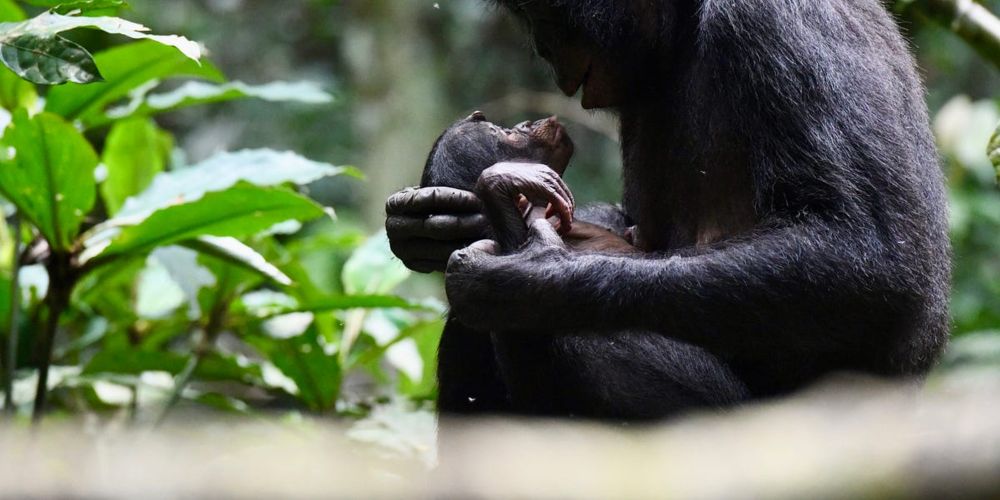Primatology.net
@primatology.net
140 followers
8 following
62 posts
https://www.primatology.net/
#primatology #primates #chimpanzee #zoology #apes #monkey #gorillas #orangutans
Posts
Media
Videos
Starter Packs
Primatology.net
@primatology.net
· Sep 7

Beyond the 99%: What Ape Genomes Really Tell Us About Being Human
New complete ape genomes reveal that humans and chimpanzees are more different than the textbook 98.8% suggests — and those differences may matter most in the hidden parts of our DNA.
www.primatology.net
Primatology.net
@primatology.net
· Aug 17

Mothers as Communication Teachers: What Young Chimpanzees Reveal About the Deep Roots of Human Language
A new study from Kibale National Park shows that chimps learn how to combine gestures and vocalizations from their mothers, not their fathers—pointing to maternal influence as an ancient foundation
www.primatology.net
Primatology.net
@primatology.net
· Aug 1

Molars, Monsoons, and Migration: What Primate Teeth Reveal About Ancient Climates
A new study tracks rainfall and water stress in the lives of primates—week by week—through stable isotopes in tooth enamel. The implications reach deep into the past of human and primate evolution.
www.primatology.net
Primatology.net
@primatology.net
· Jul 29
Primatology.net
@primatology.net
· Jul 16

Stone, Nut, and Memory: How Old Age Shapes the Technological Lives of Wild Chimpanzees
A new study reveals how elderly chimps slowly withdraw from one of their most iconic cultural behaviors, stone tool nut cracking, & what this might tell us about the of aging and skill loss in humans
www.primatology.net
Primatology.net
@primatology.net
· Jun 28

Why Humans Talk to Babies: The Evolutionary Puzzle of Infant-Directed Speech
Among all great apes, only Homo sapiens showers its infants with babbling, cooing, and high-pitched “baby talk.” A new study shows just how rare—and recent—this trait may be.
www.primatology.net
Primatology.net
@primatology.net
· May 28
Primatology.net
@primatology.net
· May 21















